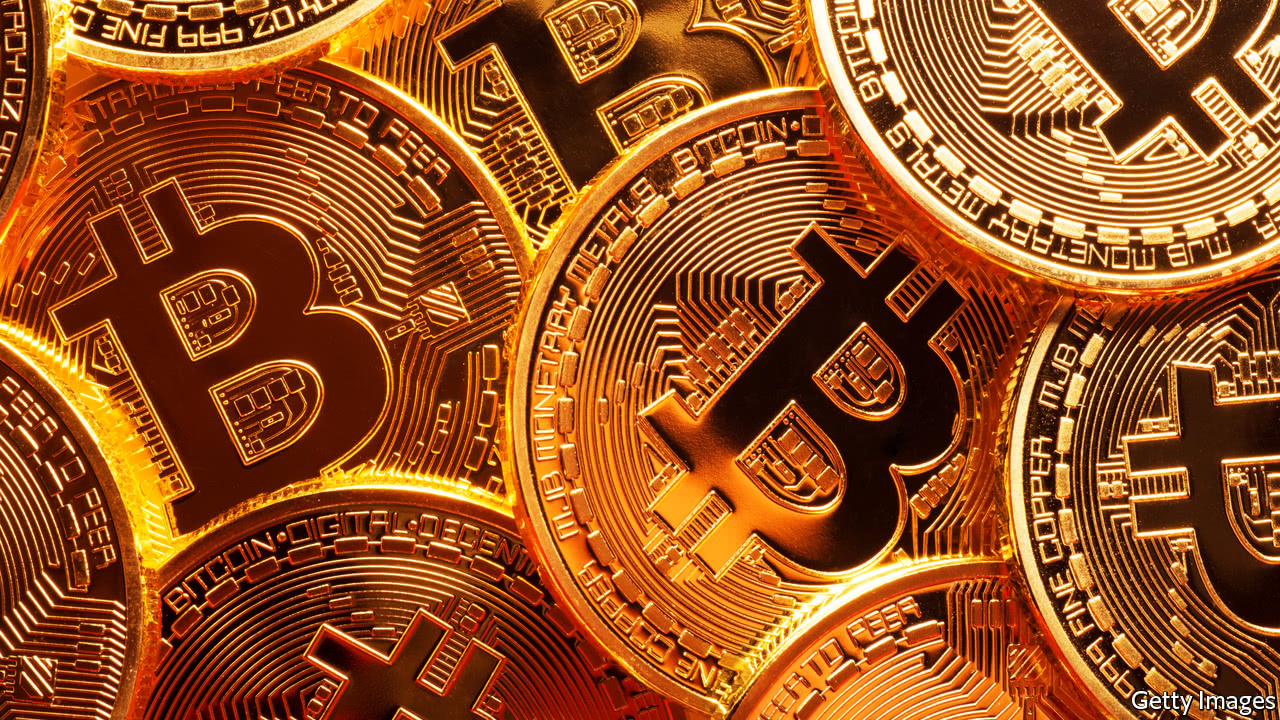
COMPARED with Brexit, Bitexit seems a piece of cake. On August 1st, without much agonising or awkward negotiation, a group of Bitcoin activists and entrepreneurs managed to create a second version of the crypto-currency. It immediately gained a following: in less than a day of existence, the value of a unit of “Bitcoin Cash” jumped to over $600, and tokens worth more than $10bn were in circulation (although that is still much smaller than Bitcoin classic, which stood at about $2,700 and nearly $45bn).
This “fork”, as such events are called, came earlier than foreseen. But it is broadly how insiders had expected a two-year-old conflict over the future of Bitcoin to end. At the heart of this “civil war” was the question of how to increase the capacity of the system, which can only handle up to seven transactions per second. The new version is able to process 56 per second, but otherwise works much like the original one.
-
A new film-rating system considers depictions of gender roles
-
A little-noticed change in Britain’s housing market spells trouble for everybody
-
Bitcoin divides to rule
-
The vanity and eerie beauty of early photography
-
Why migrants are staying in Mexico
-
Are women paid less than men for the same work?
Will Bitcoin Cash be more than just another “altcoin”, as the many existing clones of the crypto-currency are called? It is backed by Chinese “miners”, firms that provide the computing power to confirm payments and mint new digital coins. They have been unhappy with how the original system has been managed by its developers—and made some further technical tweaks to ensure that the new Bitcoin survives. The followers of the two versions will now fight over which can claim to be the “real” Bitcoin.
More interesting is what the fork might mean for the broader ecosystem of crypto-currencies, of which there are now hundreds. It has long been assumed that crypto-land would be dominated by one currency, Bitcoin, because of network effects: the more existing users it has, the more attractive it becomes to new ones. But Emin Gun Sirer of Cornell University says the split shows that this need not be true. Provided a group of crypto-cognoscenti has the will, the skills and oodles of computing power, it can conjure a new digital currency into existence—and, perhaps, even create value.
This week’s fork has made bitcoin holders richer: they get an amount of the new version equal to their holdings of the old sort; and at least for now, both together are worth more than the old one alone. For this reason only, expect another split in November when an upgrade of the old Bitcoin system will kick in.
Source: economist
Bitcoin divides to rule